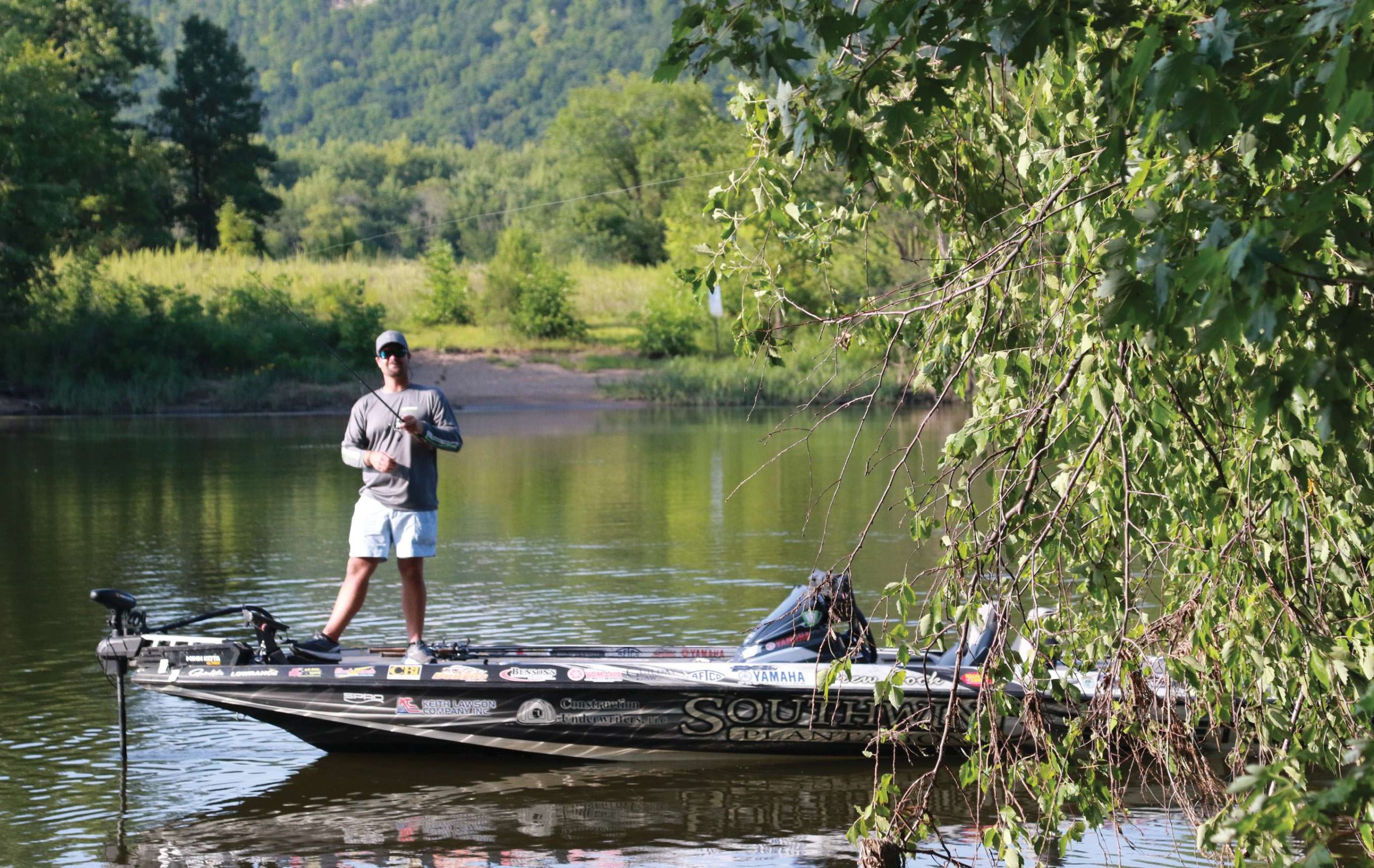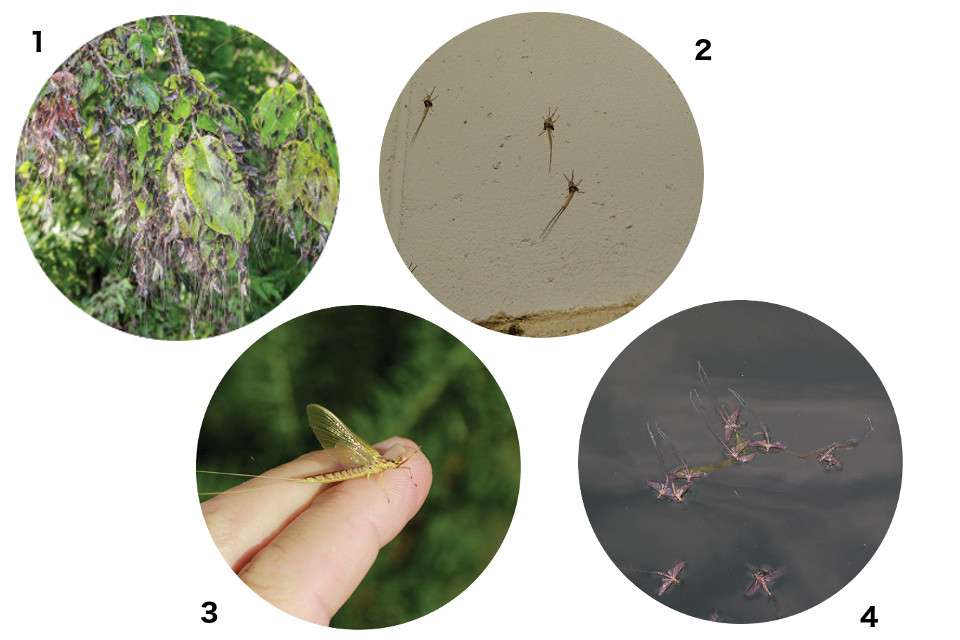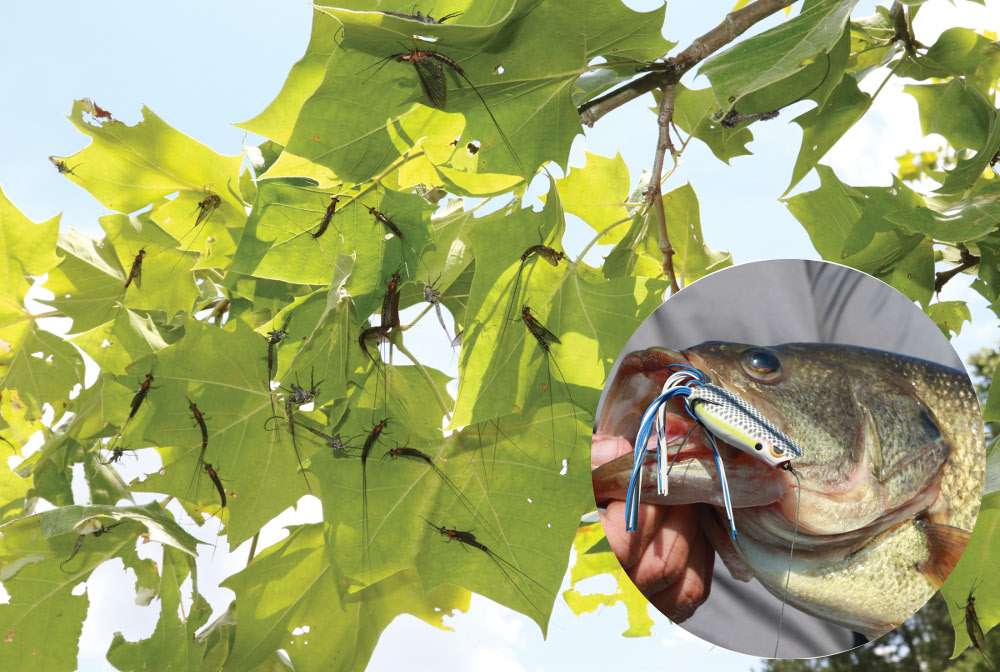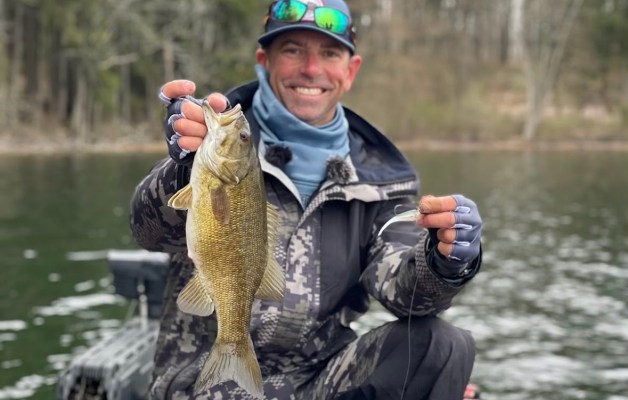
You have to believe that a male mayfly has the best pickup lines of any living creature. I mean, the dude has, like, a day — two max — to “round the bases,” so to speak, and it’s not like, “Oh, well, there’s always next weekend.”
Humor aside, the insect synonymous with — but not restricted to — the year’s fifth month, defines purpose and epitomizes determination. When you consider how much mayflies accomplish in a brief period and how much mayflies impact the fishing scene — more on that later — it’s truly a remarkable tale worth exploring.
The profile
Mayflies belong to the order Ephemeroptera and are part of the ancient insect group Palaeoptera, also containing dragonflies and damselflies. The taxonomy traces back to the Greek word “ephemera,” meaning short-lived, and “ptera,” referring to wings — appropriate, given the forthcoming life-cycle description.
According to the University of Florida’s Entomology and Nematology Department, mayflies have inhabited the earth for 300 million years. And talk about diversity: Purdue University’s Mayfly Central tells us that North America claims 658 of the world’s 3,000-plus mayfly species.
Hexagenia limbata, aka the giant burrowing mayfly, is the most widely distributed North American version. With bodies sharply bowed at both ends, the darker males are typically about an inch long, not including their tail filaments and extending front legs. Lighter colored females follow the same form but can push the inch and a half mark. Both sexes sport the double upturned wings — larger set forward, smaller set rear — common to most mayfly species.
Throughout the mayfly’s coast-to-coast distribution, the majority of species follow a most interesting life cycle concluding in a brief, but remarkably efficient, final act. Here’s how they roll.
The process
After hatching, mayfly nymphs live a year or more underwater, where they cling to rocks or burrow into mud/silt before rising to the surface and molting into the first of two adult stages called the subimago. This stage includes wings, so emerging mayflies can leave the surface, but they’re unable to mate until a second molting reveals the fully formed imago stage.
A couple of interesting anatomical points: Ideally designed for their bottom-hugging lifestyle, mayfly nymphs have flattened bodies with leafy gills along the sides of their abdomens. Also, while omnivorous nymphs sport chewing mouthparts for munching on algae, underwater plants, debris and tiny aquatic animals, adults lack functional mouths. Makes sense — who has time to eat?

Once the mayfly’s imago stage is complete, the insects mate in comingling swarms, with males using their enlarged front legs to grab and hold females. Within a few hours of mating, females release their eggs near the water and eventually drop to the surface to die. Males often die in terrestrial habitat.
Point of clarity: We often hear the term “mayfly hatch” referring to the adults’ emergence, but the actual hatching would have occurred a year or more prior when the nymphs came out of the eggs laid by a previous generation. Not trying to change decades of fishing tradition — it’s just an FYI.
Making their move
As for daily timing, University of Florida fisheries professor Dr. Mike Allen said, “A lot of these animals have adapted to being in the water column in the evening or night because predation is lower and they try to take advantage of low-light conditions.
“A lot of times, the emergence starts at dusk and goes through the night to minimize predation. But, of course, fish use what visual time they do have to take advantage of that hatch.”
It’s important to note that mayfly habitat ranges from quiet inland streams and lakes with consistent water levels to tidal rivers subject to fluctuations in depth and current. To that point, Allen said these insects will time their emergence to coincide with meteorological conditions that offer them the best chance of completing their reproductive mission.
During his 32 years in the Fisheries Division of Oklahoma’s Department of Wildlife Conservation, B.A.S.S. National Conservation Director Gene Gilliland had plenty of time to observe mayflies and their impact on fisheries. Summarizing the insect’s timetable, he points to the Farmers’ Almanac hardwired into their DNA.
“Most critters have built-in calendars — like bass spawning is dictated by water temperature, but it’s also governed very strongly by day length,” Gilliland said. “I think the life cycle of a lot of insects is kind of the same way. You tend to have these mass mayfly emergences around the same time of year, give or take a little bit because of temperatures and cold fronts that can shut things down for a short period of time.”
In normal conditions, May is generally the first month these namesake insects emerge, but subsequent hatches can follow well into summer. The difference, of course, is geography. Case in point: I witnessed a significant emergence in Lacrosse, Wis., last August during the Basspro.com Bassmaster Central Open on the upper Mississippi River. The morning found subimagos clinging to my hotel wall, and when I passed that wall in the afternoon, empty shells indicated the second molting had sent fully formed adults to their mating ritual.
Expounding here, Gilliland said natural lakes with abundant shoreline vegetation, attractive bottom composition and less flushing than deeper, current-centric reservoirs tend to pump out greater mayfly numbers. It’s like comparing a backyard garden to a commercial produce farm. Tomatoes are tomatoes, but who’s going to fill those baskets faster?
“The bulk of the mayfly’s life cycle is spent underwater, so having the right habitat is probably as critical as anything,” Gilliland said.
Impacts and indications
Whatever the timing, it’s hard to miss thousands of mayflies blacking out shoreline trees or blanketing boat-ramp restrooms, waterfront buildings and practically any solid structure; but don’t miss nature’s heads-up. When nymphs molt into subimagos, their former exoskeletons — “shucks” — typically float to the surface and gather in rafts that look like a handful of cigarette butts.
Once mating begins, dense mayfly swarms are often visible on weather radar. Such masses have been known to temporarily shut down bridges and roadways, as the vision-blurring aerial volume, plus road-slicking layers of dead flies, creates unsafe driving conditions.
As you can imagine, a truckload of dead bugs is equally annoying to the eyes and nose, so it’s not uncommon for municipalities to call in the heavy equipment (snowplows, front-end loaders) to remove the pungent mounds. Not fun for those tasked with the cleanup, but mayfly abundance bodes well for those tasked with fisheries management.

According to the University of Kentucky Entomology Department, mayfly nymphs require clean water. No nymphs, no adult mayflies, so each emergence bespeaks a relatively healthy waterway. Certainly good for the reputation, but mayflies do much more than signal a happy neighborhood.
“Mayflies take advantage of the leaf litter that comes into streams during the winter — some species forage on the leaf litter itself, and other species forage on the microorganisms that use the leaf litter,” Allen said. “So, mayflies are the first stage of using nutrients from the leaf litter, either directly or indirectly, and bringing them up through the food chain.”
Nodding to the mayfly’s important role, Allen explains a key habitat point: “In a lake environment, the way production happens is the sun fuels algae in the water column, which fuels zooplankton, which fuels the rest of the food web. We call this autochthonous — it’s automatic; it’s sun-derived.
“Stream environments are different; a lot of times, they have canopies and turbidity. A lot of energy that comes into streams is from the terrestrial environment, in the form of leaf litter. It’s actually not sunshine and plankton, it’s leaf litter and detritus that get broken down by a wide range of invertebrates, some of which are mayflies. We call this allochthonous input.”
Bottom line, while we typically see only a day or so of the mayfly’s life, these insects have been at work for a year or more performing an important environmental role. As Allen notes, the Ephemeroptera clan represents one of the largest groups of essential invertebrates responsible for distributing the stream’s plant-based energy by providing a massive food source.
He summarizes this way: “It’s really fascinating that, because sunlight is such a less important part of the stream production, the whole food web has evolved to take advantage of the energy coming into the system from the terrestrial environment.”
Mayflies help make that happen.
Here today, gone tomorrow? Not even close.
Originally published in Bassmaster Magazine 2020.





